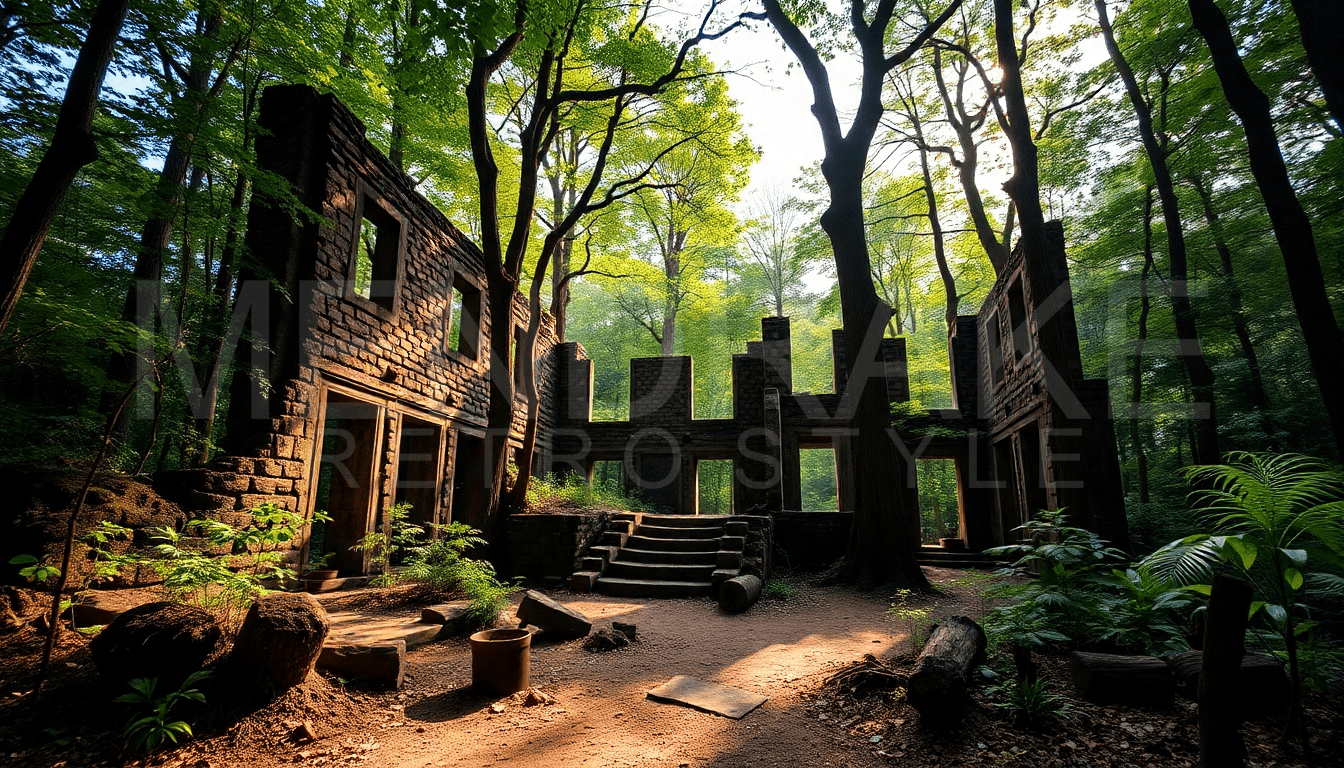Rumors of a Lush, Familiar Hell
Whispers within the hallowed halls of Blizzard Entertainment suggest that the developers of Diablo IV are deep in discussions about the game’s next major expansion, tentatively slated for release in 2026. According to anonymous sources close to the project, the expansion plans to introduce a sprawling new zone—one that allegedly revisits the dense, danger-infused jungles seen in the game’s most recent add-on. But what sounds like a tropical paradise for fans of the franchise has instead sparked heated internal debates, with teams divided over whether recycling the jungle environment is a creative triumph or a missed opportunity.
Sources: A Clash of Visions
Insiders claim that Blizzard’s art and design teams are locked in a passionate dispute over the direction of the upcoming content. The controversy stems from a proposal to reuse and expand upon the jungle biome introduced in Diablo IV’s previous expansion, Tides of the Umbra (2024), which received praise for its vibrant aesthetics, vertical level design, and atmospheric storytelling. While some developers argue that iterating on the jungle setting allows for deeper exploration of its lore and mechanics, others fear it risks alienating players hungry for fresh environments.
“The jungle was a hit, but repeating it feels… safe,” one developer reportedly commented under condition of anonymity. “We’re debating whether we’re honoring player feedback or just reskinning old ideas.”
The Case for Familiar Foliage
Proponents of the jungle’s return point to both practical and creative advantages. From a production standpoint, reusing existing assets and mechanics—such as the dynamic weather systems, predator-prey ecosystems, and labyrinthine ruins—could streamline development, freeing resources to focus on narrative depth and endgame content. The 2024 jungle zone, Tormented Canopy, also introduced unique gameplay elements like climbable vines, camouflage-based enemies, and flood hazards, which some designers believe have untapped potential.
“Players loved the jungle’s unpredictability,” another source noted. “There’s room to evolve it—add new factions, hidden temples, or even a corruption mechanic where the jungle itself turns against you.”
Community sentiment appears mixed but leans cautiously optimistic. On forums and social media, fans have praised Tides of the Umbra’s environmental storytelling, with some calling for deeper ties to the Kurast region from Diablo II—a nostalgic nod that a jungle setting could facilitate.
The Opposition: A Call for Diversity
Critics within Blizzard, however, argue that Sanctuary’s world-building demands variety. Diablo IV’s base game already features diverse biomes, from the snow-blasted Fractured Peaks to the arid Scosglen coast. Revisiting the jungle so soon, they warn, could make the expansion feel repetitive, especially if released just two years after its predecessor.
“We risk becoming ‘the jungle game,’” a developer countered. “Sanctuary is a vast, broken world. Why not explore a poisoned ocean trench, a crystalline desert, or a realm consumed by celestial fire?”
Others emphasize the franchise’s history of reinvention. Diablo III’s Reaper of Souls expansion, for instance, introduced Westmarch’s gothic spires and the Pandemonium Fortress, settings that felt starkly distinct from the base game. Repeating environments, they argue, might signal creative stagnation—a dangerous perception in a live-service era where player retention hinges on novelty.
Compromises on the Horizon?
Amid the tension, compromises are allegedly being explored. One proposal suggests blending the jungle with a secondary biome, such as a volcanic mountain range or a necrotic swamp, to maintain visual diversity. Another pitch involves a time-bending narrative where players experience the jungle in multiple eras—lush and alive in one timeline, rotted or petrified in another.
There’s also talk of leveraging the jungle as a “bridge” to introduce a long-rumored region: the fabled Skovos Isles, home to the Amazonian tribes. Such a move could satisfy both factions by pairing familiar terrain with entirely new cultures and enemies.
Community Reactions: Hope and Skepticism
Fans have taken to Reddit and Discord to weigh in. “I’d kill for more jungle content if it means fighting giant serpent gods or exploring underwater caves,” wrote one user. Others were less enthusiastic: “Blizzard’s strength is their art team—why have them redo the same palm trees?”
Content creators have also chimed in. Popular streamer Raxxanterax speculated, “A jungle Part Two could work if they double down on verticality and puzzles. But if it’s just ‘more of the same,’ people will check out.”
Blizzard’s Silence and the Stakes Ahead
Blizzard has declined to comment on what it calls “rumors and speculation,” sticking to its standard line: “We’re always exploring new ways to evolve Diablo IV and will share details when ready.”
The decision carries significant weight. With competitors like Path of Exile 2 and Last Epoch carving their own niches, Diablo IV’s ability to surprise and innovate is under a microscope. Repeating environments could either be seen as a confident refinement or a lack of ambition—a fine line Blizzard must navigate.
Conclusion: A Garden of Forking Paths
As the debate rages behind closed doors, one thing is clear: Blizzard’s choice will shape not just the 2026 expansion, but the perception of Diablo IV’s long-term vision. Will the jungles of Sanctuary bloom again, or will the team venture into uncharted shadows? For now, the answer remains buried in the depths of Blizzard’s creative labyrinth—waiting for a light to pierce through the canopy.



Leave a Reply